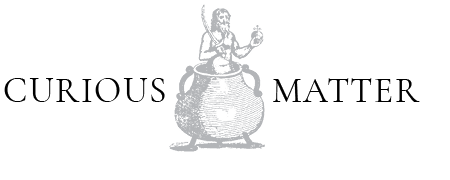Additional Narrative Possibilities
Photographic Works by Arthur Bruso
Special weekend-long opening, October 5 & 6, noon to 6pm
ARTHUR BRUSO dodges narrative at one turn and embraces it the next. He begins this dance by using every photograph he has ever taken as the raw material for his work. For example, he may reprint an image he captured at the age of seven or seventeen and juxtapose it with something he photographed last week. He may do this in response to the visual structure of the images––an interest in how the diagonal bands of light captured in one image are a variation on the shadows in another. However, history, and specifically Bruso’s own history of looking and examining is a considerable aspect of the work. His photographic practice is built upon a perpetual state of review, reassessment, and reprinting. Perhaps constant looking is the task of every visual artist. In the case of Bruso, that accumulation of looking manifests not just in the refinement of his vision, but also in a rich layering––a photographic pentimento.
Bruso doesn’t share the documentarian’s interest in the story behind the events, people, and buildings he shoots. He favors explorations in tone, color, composition and texture. In spite of this, we’re still confronted with a curiosity about the who, what, where. The question of whether Bruso is attempting to use his imagery as purely “abstract” becomes complicated by his occasional use of narrative accompaniment. In his 8 part series, “Association Sublimation,” over one hundred photographic works are presented along with essays that are remembrances and meditations. The images of “Association Sublimation” are sometimes unidentifiable blurs and streaks of light, yet they evoke a portrait and a sense of the artist’s journey. He essentially presents a self-portrait of the artist as a young man.
Additional Narrative Possibilities is comprised of 26 photographs. Among images of shattered glass, boarded doorways, chain link fencing, and light glinting off wet asphalt is a single portrait. The head of a woman is clearly visible against a snowy backdrop while her body disappears into a triangle of shadow. Is the collection of images meant to evoke a life story, a psychological portrait, or a formal examination of color, tone, texture and shape? Additional Narrative Possibilities is an invitation to look with shifting perspectives and intention in mind. What questions are we compelled to ask ourselves as we view the images? What questions are we being nudged to consider by the artist?
The urge to construct a story from Bruso’s images may simply be the result of a sort of tarot-like symbolism that is an undercurrent in his work. One of the first exhibitions of Bruso’s photographs that I had curated began with my selecting a group of 20 or so images from his huge archive. The theme of portals emerged. I was captivated by the many variations on the theme––a gate, the iron door of a crypt, the front entrance to an abandoned building. However, Bruso balked at the grouping––and rightly so. The collection was too constrained. We rethought the selections and varied the subject matter. The new collection revealed surprising relationships among the individual works. Ultimately, it made for a richer, more intriguing exhibition.
We can certainly respond to the formal qualities of Bruso’s work. Alongside that appreciation we can’t seem to leave behind an impulse to decipher and assign meaning. His visual language includes images that lend themselves to symbolic interpretation. Describing this exhibition, in fact, might sound like a psychic’s reading: we see a broken rock, we see a path, we see a woman on the path engulfed in shadow, and then we see a shaft of light. How far do we take our interpretations of the narrative possibilities? Like a psychic reading we might find some satisfaction, an easing of anxiety about a particular nagging question by shaping some sort of story. But questions persist. And so, we return for more information. The enigmatic photographic explorations of Arthur Bruso also inspire repeated visits, and endless interpretation.
––Raymond E. Mingst, curator
East River Pilings, 8 X 10 inches, silver gelatin print.


